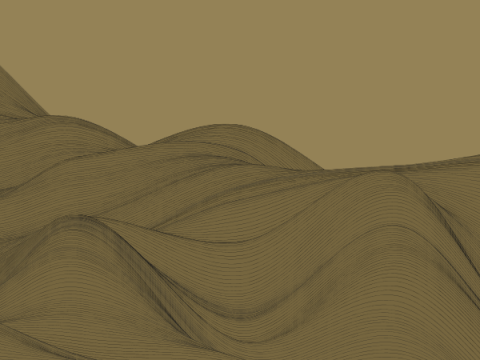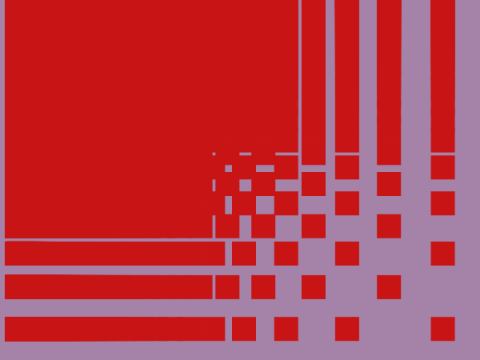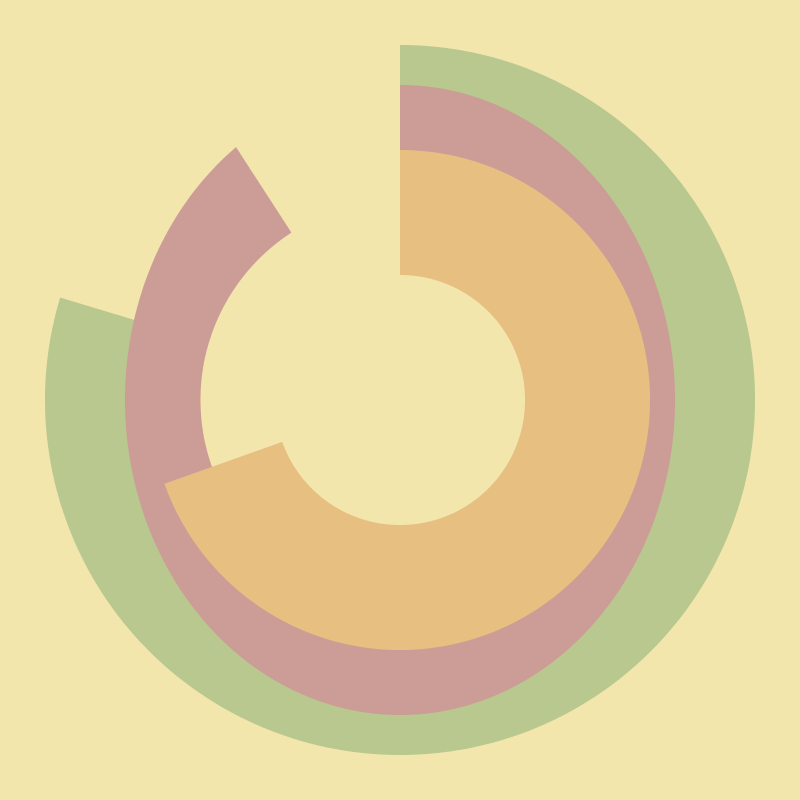
If I was asked what I thought about computational art in the past, because I knew absolutely nothing about it, I probably would have said that there is no artistic or creative skill involved in it. However, now that I have experienced a bit of what it is like to create something good, not just managing to get a grey rectangle to move across a blank screen, my admiration for artists that use this medium has increased incredibly (although mostly because I was not informed). I’m finding that I have come to a point where I see creativity as how someone solves a problem, not just relating it to aesthetics. I have found that translating an idea into a digital format is very hard and requires a lot of creative thinking, as you have to work with a middle man- the program.
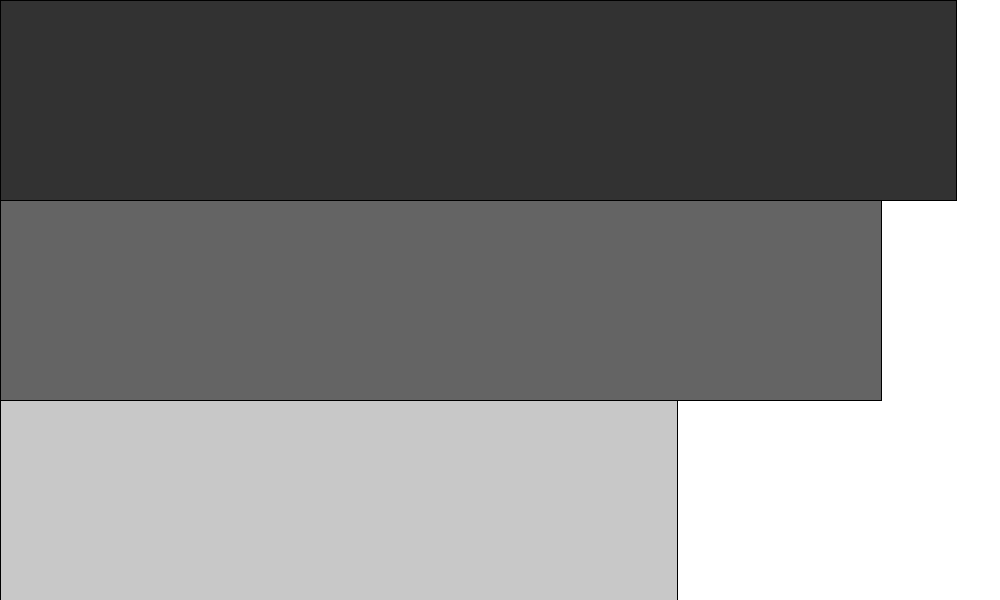
My experience with making this project/ sketch was very interesting, as I usually would not consider my self very tech savvy. However, the satisfaction and sense of accomplishment you get after being able to successfully run your code, with no highlighted errors, and the sketch being somewhat similar to what you had in mind, is like no other. When we learnt about mapping, which is essentially how you code a clock, I had no idea how we could possibly turn that into something visually pleasing. I guess what is so hard about Art through Code is not only being able to imagine an aesthetically pleasing concept, but actually figuring out if it is within reach to make. This is why I’ve come to realize that creativity is the most important trait an artist has to have when working with code, as creative thinking is what will lead you to solve technical or “code” problems.
The most challenging thing for me when first learning to make ‘Art from Code’ was realizing that I had to go through a middle man- the program itself- in order to translate that which I was picturing in my mind. Because this was my first time doing anything ‘creative’ with technology, I was not used to not being able to physically draw a line or change the colour of a specific thing with my hands. I had only ever worked with clay or paint, which has its challenges but I always found much easier to work with as getting and outcome was much more direct. That being said, I did find it easier to make a sketch look clean. Making mistakes was actually a great part of the process, as I have been able to create things by testing them out- trial and error- and I’ve been able to change colour combinations or scale much easier. In terms of the clock, the most challenging part was figuring out how to make map in a curve. I realized all I had to do was create an arc and play with the angle degree of the radians, as I was linking the map function with the angle. The rest was pretty straight forward and easier than I imagined it would be, which was surprising as I thought I would have to code something completely different to what we had learnt in class.
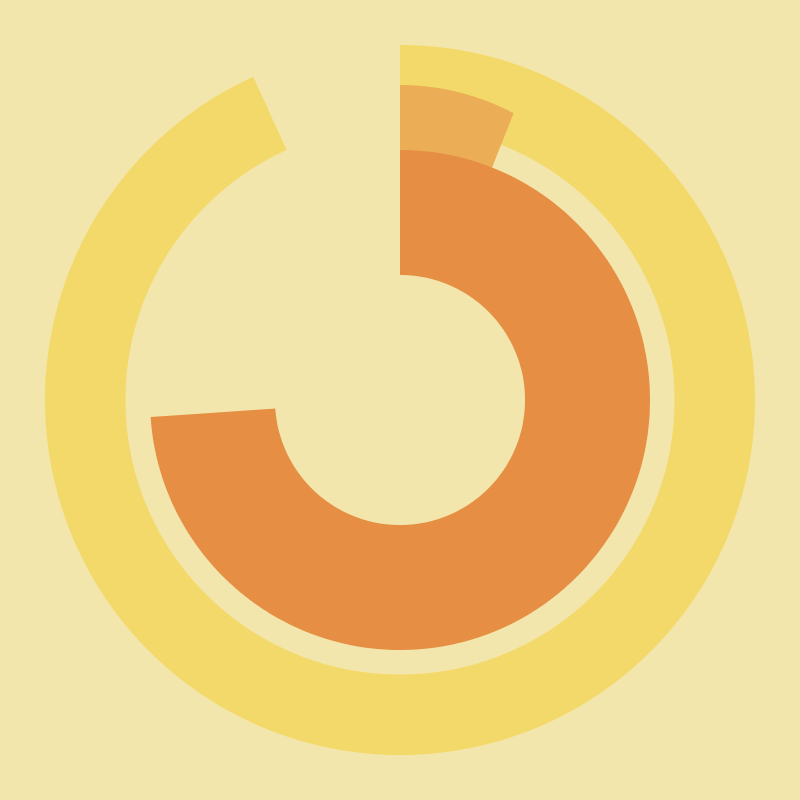
I’ve come to realize that the thing about creating art from code is it is very time consuming and it is actually very important to spend a lot of time with each code. However, the good news is that once you kind of get the general hang of how to get something on the screen, you have the ability to create endless amounts of different works. This, I believe, is much like the thinking of Vera Molnar, a computational artist whom we learnt about in class. The most important and valuable concept I got from her is the idea that with code (and almost exclusively with it) the artist is able to easily manipulate a small thing in the code, creating a different outcome. This concept is very interesting to me as it opens up so many possibilities as to what can be done with one basic initial idea, even going as far as making an initially simple idea into something interesting an unexpected. It is easier to render different versions of an idea once the basic code is down, however, computational artists also have to work harder to set themselves apart, as anyone can claim that the code was copy pasted from someone else.

The interesting part of creating art through code is that it can be treated as an experiment. This has affected my ideas on colour, form, motion and composition as I am able to create so many different versions of the same sketch, modifying the colour, size, position and so on. Specifically with colour, I have come to realize how imperative it is to pay attention to it, as it can completely change the entire feeling and concept of a sketch, and this I could only understand with the ability to create so many different colour swatches without too much of a hassle.Motion is a big factor that I have yet to fully understand. I think motion is the extra dimension that can be added to a sketch, but I am also aware now that it is not necessarily as simple to do as it seems. Motion is so interesting in art from code because you can be as specific or not in how and where the motion works. In terms of form and composition, a bit of the opposite has happened because I am no longer very focused on or worried about where I am placing a figure. What I’m most worried about is if I can actually get the figure on the screen! That being said, using processing to create a collage was a bit of a challenge but really forced me to understand the way the coordinates work on the program. I really enjoyed making the collage because the code was not actually complicated (it’s just a matter of being organized) and I was therefore able to go all out with the actual image I chose to put together, which was an imagined city with skyscrapers made of vases, the sea out of fabric, an eye iris as the sunset in the sky and marble sculptures as the citizens.
